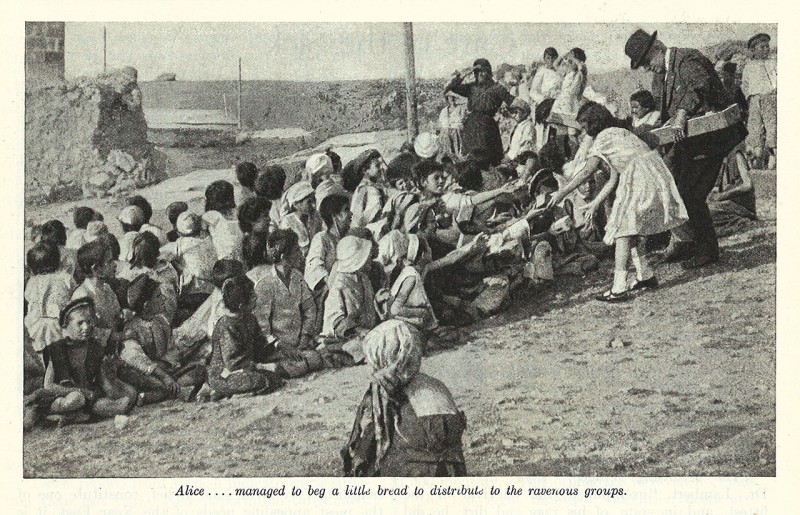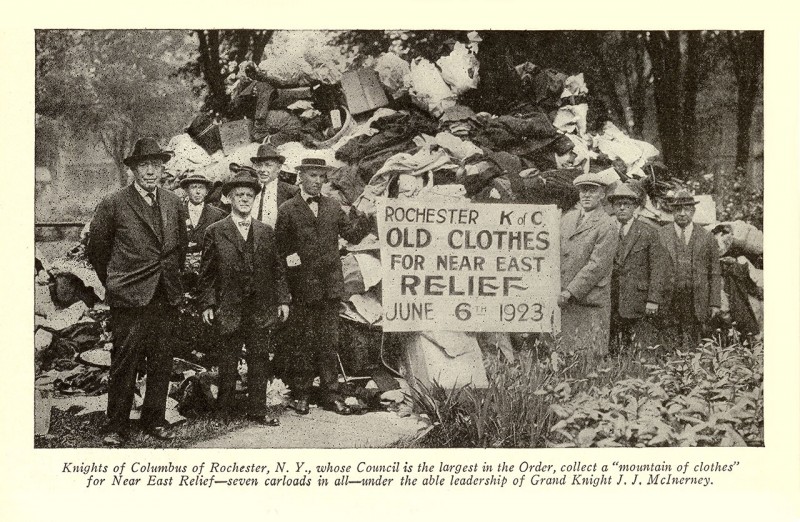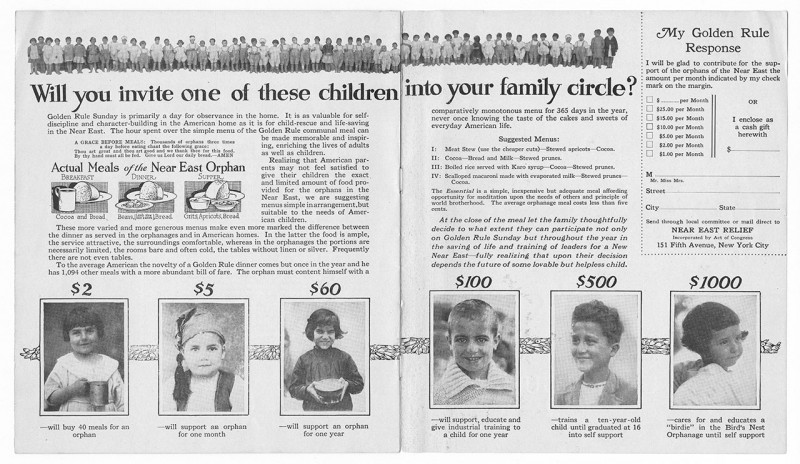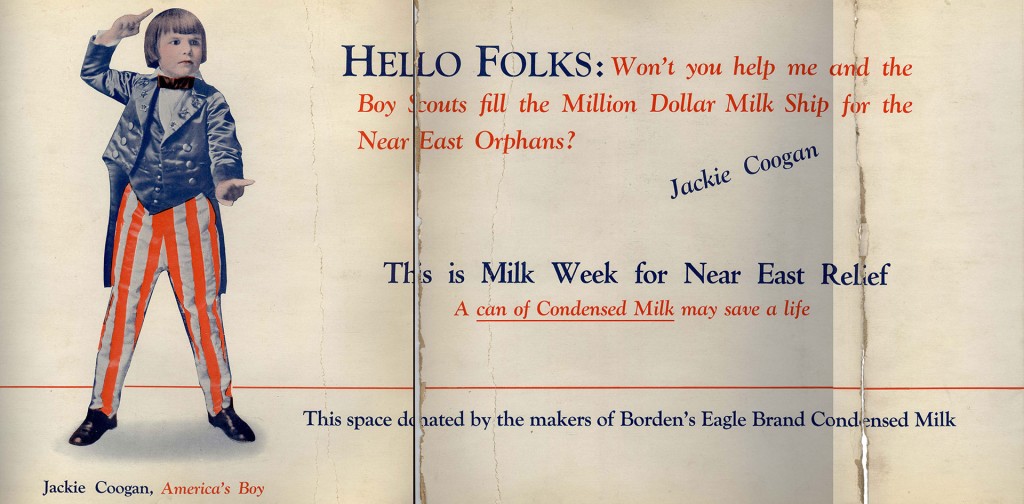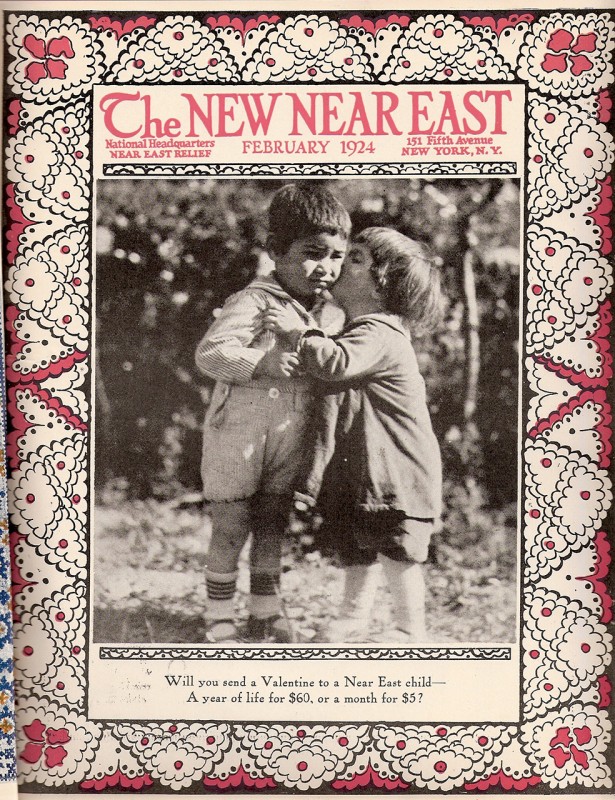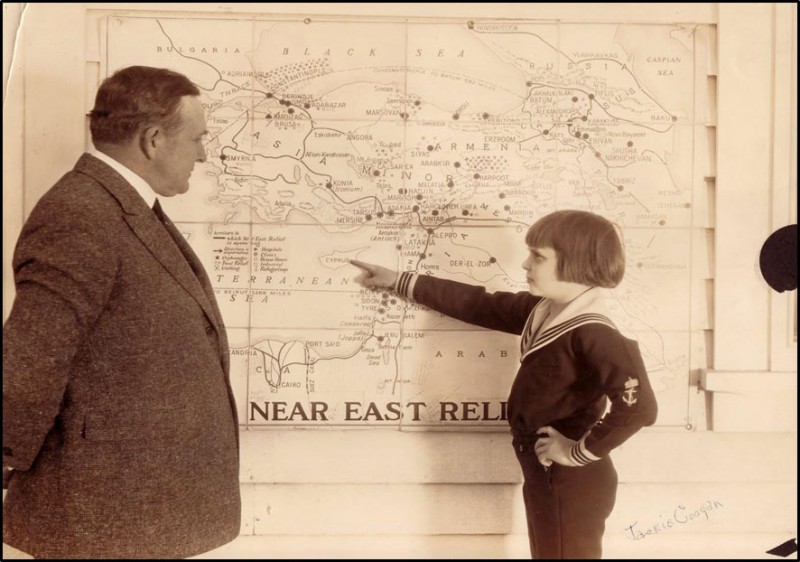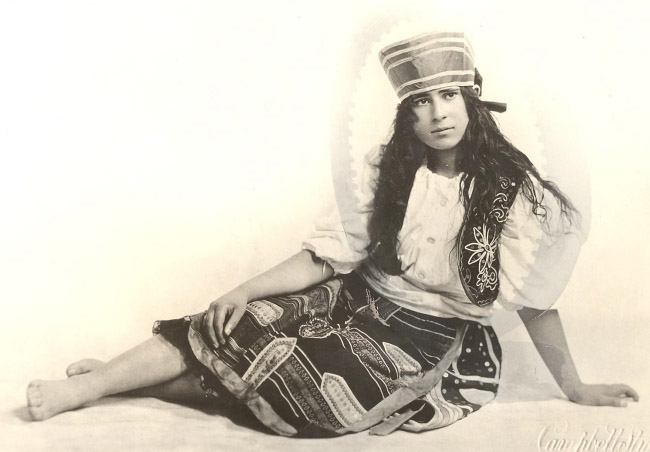Hollywood Responds
The new medium of film had produced a completely new phenomenon: the movie star. Popular silent film actors used their fame to publicize Near East Relief’s important work. Stars participated in Bundle Days by donating old clothes and collected canned food as the price of admission to special film screenings.


